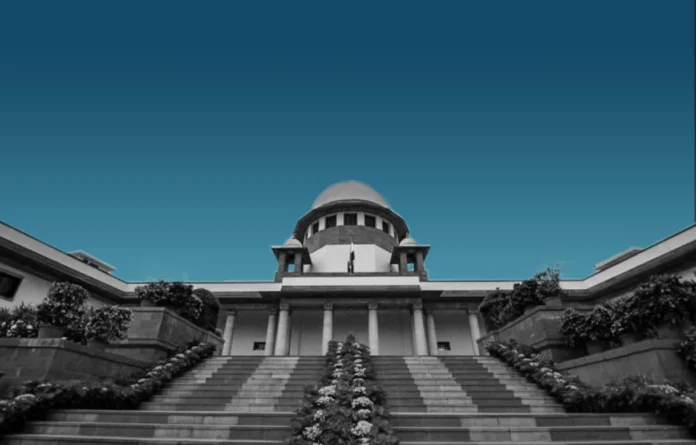The Supreme Court of India has issued a notice to the Union Government on a Public Interest Litigation (PIL) seeking the establishment of a centralized, technology-driven portal that would allow Indian citizens to seamlessly access information on all their financial assets held across banks, insurance companies, pension funds, and other regulated entities. The petition underscores the urgent need for a unified national mechanism that consolidates individual asset information under one digital framework, thereby enhancing financial transparency, security, and accountability.
A Bench comprising Justices Vikram Nath and Sandeep Mehta heard the matter and directed the Central Government to respond to the plea. The PIL argues that citizens often struggle to locate or recover their financial assets scattered across multiple institutions governed by different regulatory frameworks, including the Reserve Bank of India (RBI), the Insurance Regulatory and Development Authority of India (IRDAI), the Pension Fund Regulatory and Development Authority (PFRDA), and the National Savings Institute (NSI). The petitioner contends that this fragmented financial landscape not only burdens consumers but also results in unclaimed or dormant funds remaining idle within the financial system.
The petition highlights that millions of rupees worth of deposits, insurance claims, provident fund balances, and other financial instruments remain unclaimed due to the absence of a centralized repository. Families of deceased individuals, senior citizens, and rural investors are particularly vulnerable, as they often lack access to comprehensive data or face bureaucratic hurdles in tracing legacy assets. The proposed centralized portal would therefore function as a single-window platform where users can authenticate their identity—possibly through Aadhaar or PAN—and retrieve information about all financial assets held in their name across regulated entities.
During the hearing, the Supreme Court Bench observed that the issue raised touches upon the broader public interest of ensuring financial inclusivity and efficiency in asset management. It emphasized that the matter warranted a considered response from the Central Government, given its potential implications for data governance, digital security, and inter-regulatory coordination.
According to the petitioner, the proposed portal could be modelled on the lines of existing digital infrastructure such as the Income Tax Department’s Annual Information Statement (AIS) and the DigiLocker ecosystem, which consolidate citizen data from multiple agencies in a secure and accessible format. Such a platform would allow individuals to track active and dormant accounts, claims, bonds, mutual funds, and pension contributions—reducing the risk of asset misappropriation, fraud, and administrative inefficiency.
The plea also argues that the absence of an integrated system contravenes the constitutional mandate under Article 21, as it leads to unnecessary procedural hardship and deprives citizens of rightful access to their own financial information. The petitioner further asserts that the creation of a national financial assets register would align with the government’s “Digital India” and “Ease of Living” missions, while simultaneously strengthening systemic accountability.
However, the proposal also raises complex questions of data privacy, cybersecurity, and jurisdictional overlap among regulatory authorities. The Centre, in its forthcoming affidavit, is expected to address whether the integration of such diverse financial data under one platform would comply with the provisions of the Digital Personal Data Protection Act, 2023. Experts suggest that while the initiative could bring unparalleled convenience, its implementation must incorporate robust encryption standards, strict consent mechanisms, and clear protocols for data sharing among institutions.
Legal analysts note that similar attempts at data unification exist globally. Jurisdictions such as Singapore and the United Kingdom have developed regulated financial dashboards that allow users to view all their bank and pension accounts in a consolidated digital format. India’s version, however, would require unprecedented coordination across multiple financial regulators and public sector institutions, making it a formidable governance challenge.
The court’s notice, while preliminary, signals judicial recognition of the pressing need to modernize the financial information ecosystem. Should the Centre agree in principle, it would mark a major step toward a unified financial architecture that not only empowers citizens but also helps regulatory authorities monitor dormant funds and improve systemic transparency.


